The following article is published with the gracious permission of the author.
Language? Culture? What makes humans unique? Many suggestions have been raised and then shot down. But there is one characteristic that may be most fundamental to humanity’s distinctiveness. Far more than any other animal, humans are malleable, especially in early life. This malleability is why we are so needy in early life and why it is critical we receive the right support, what we evolved to require, in order to develop individual and social well-being, including the evolved moral sense. Early life is when a host of epigenetic developments happen, when the foundations for all systems are established through biosocial experience—biology shaped by relational experience. Our closest cousins, chimpanzees, lack such plasticity.[1]
Humans are malleable because of great immaturity at birth. The neonate’s brain is only about 25 percent of adult size, smaller than any other hominid’s brain at birth. Why are humans so immature at birth? Presumably to become bipedal, pelvises shrank, necessitating an earlier exit from the womb than for other hominids. In fact, compared to the maturity of other hominids at birth, human babies should be in the womb another eighteen months; until then, they lack bone solidification and mobility for self-provisioning.[2] Moreover, humans appear to have the longest maturational schedule of any animal: twenty years for physical growth and closer to thirty years for brain development. So, what did humanity evolve in response to this extensive childhood? Like all animals, humans evolved a developmental system, or nest period, for their young that matches up with the maturational schedule of the offspring.[3] The nest period lasts a good while longer because of the time it takes a human to reach adulthood. The human nest adds a couple of features to the longstanding social mammalian nest that emerged over 30 million years ago. Humanity’s early nest qualities are particularly intense because of the young child’s immaturity and plasticity.

Our understanding of the common characteristics of the evolved nest for babies and young children has been garnered from recurring patterns seen among small-band hunter-gatherer communities around the world, the type of society that represents human society in prehistory or 99 percent of human genus existence.[4] Neurobiological studies demonstrate the significant effects of evolved nest components on human functioning and disposition.[5] These are characteristics of the evolved nest for young children:
- Soothing perinatal experiences (e.g., no separation of mother and baby or imposed distress). Skin-to-skin contact at birth facilitates the release of oxytocin in mother and infant, reducing childbirth stress.[6] For example, skin-to-skin contact between mother and child after birth leads to a more responsive relationship and greater child self-regulation a year later.[7]
- Responsiveness to needs, keeping baby distress to a minimum. When caregivers are warm and responsive to needs, a baby’s vagus nerve (an essential part of the parasympathic nervous system) is properly shaped (myelinated), influencing health and social capacities.[8] A mutually responsive relationship between mother and child leads to secure attachment and greater capacity for self-control, prosocial and cooperative behavior.[9]
- Lots of holding, carrying, rocking, and positive touch. Psychologist Harry Harlow studied the effects of maternal touch deprivation on the brains of monkeys, finding long-lasting effects on individuals’ self-regulation and sociality. Further studies in humans indicate that maternal touch decreases cortisol release, which benefits neuronal and immune systems because high levels of cortisol kills neurons and immune cells.[10]
- Extensive breastfeeding. Breast milk has thousands of ingredients including those that are required to build a well-functioning brain and immune system.[11] Breastfeeding also appears to support sociality and morality. In one of our studies, breastfeeding length was positively related to the development of children’s inhibitory control and conscience (guilt and concern after wrongdoing) in 3–5 year olds.[12]
- Deep social support and a positive climate for mother and child. Moms are more responsive when they feel supported.[13] In one of our studies, maternal social support positively correlated with child cooperation at eighteen and thirty months of age, child social competence at twenty-four months, and reduced aggressive behavior at eighteen months.[14] Social support is also a result of child spacing, which was typically greater among small-band hunter-gatherer communities, as remarked upon by explorers and noted by anthropologists studying extant communities.[15] Children would have grown up with few siblings, surrounded by playmates of various ages, making sibling rivalry less of an issue, allowing for lengthier breastfeeding (average age of weaning of four years).
- Self-directed play in the natural world with multi-aged playmates. Young mammals play, that is one of their common characteristics. Playing supports social development, self-control, and executive functions.[16]
We can hypothesize that the components of the evolved nest represent a species-typical developmental system for human beings and that early experience that falls outside of these components may be termed a species-atypical nest. Moreover, because of human malleability in early life, the nature of human nature that a species-typical nest supports should vary from that of species-atypical nests.
It is often assumed that humans are born with a particular nature, arguably selfish or cooperative. But evolutionary systems theory notes a rich set of inheritances beyond genes, such as culture, ecology, self-organization, and the developmental system, or nest.[17] These, too, influence the type of nature an individual or culture exhibits.
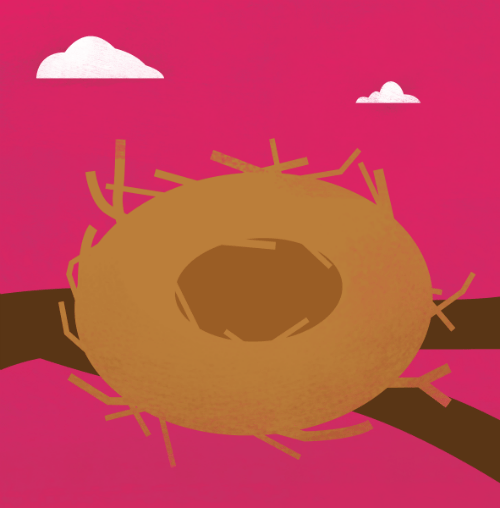
Studying the interplay of the evolved nest with human nature is a transdisciplinary enterprise. Anthropological and first contact diaries provide observational-descriptive data of humans raised in a species-typical manner. For example, small-band hunter-gatherer societies are highly cooperative and communal (though individuals all have high autonomy). Relationships are established in trust, which entails acting, as anthropologist Ingold wrote, “with the person in mind, in the hope and expectation that they will do likewise” toward you, without compulsion or obligation.[18]
Diaries of first-contact explorers noted largely cooperative and peaceable indigenous societies. For example, Jesuit Priest Pierre Biard was astounded that the Micmac, natives of the Canadian Maritimes, thought themselves superior to the French despite the Micmac’s “great lack of government, power, letters, art and riches.” He quoted their typical admonitions as, “you [Frenchmen] are always fighting and quarrelling among yourselves; we live peaceably. You are envious and are all the time slandering each other; you are thieves and deceivers; you are covetous, and are neither generous nor kind; as for us, if we have a morsel of bread we share it with our neighbor.”[19] The characteristics recorded by Biard are repeated by other first-contact explorers, including Columbus, and echoed centuries later by anthropologists studying small-band hunter-gatherers.[20]

The evolved nest clearly influences social and moral capacities. Higher levels of evolved nest (affection, play, family togetherness) experienced in childhood as reported by adults was correlated with secure attachment, mental health, perspective taking, and relational morality instead of self-protectionist morality.[21] Relational morality flexibly attunes to the other in mutual acceptance and regard, whereas self-protectionist morality orients to hierarchical, scripted, controlling social relations.[22]
Darwin’s work shed some light on this topic. In arguing against the view that evolution promotes selfishness, Darwin described how components of a moral sense emerged through the tree of life to culminate in humanity’s moral sense (e.g., empathy, social pleasure, concern for the opinion of others, habit development for social fitness).[23] Darwin noted, interestingly, that “primitives” and his female compatriots displayed the components of the moral sense whereas his male compatriots did not. This is not a surprise, considering the men of his culture were not raised within a supportive, evolved nest. Boys are especially sensitive to early care, being less resilient than girls to early stressors; boys appear to require more intense and enduring supportive care in early life.[24]
What does all this mean for human nature? In Western societies like the USA, culture has overtaken biology. That is, parents are socialized and pressured to provide a species-atypical nest to their young. Industrialism and then capitalism and their effects are undermining the human optimization that the evolved nest supports. Indeed, health and well-being in the USA have been diminishing and perhaps even the moral sense.[25] As health and well-being, sociality and morality are established in early neurobiological development, the future of human nature and humanity itself may depend on whether we restore the evolved nest.[26]

Darcia Narvaez is Professor of Psychology at the University of Notre Dame. She publishes extensively on morality, human nature, and well-being.
References
[1] Gómez- Robles, A., Hopkins, W. D., Schapiro, S. J., & Sherwood, C. C. (2015). Relaxed genetic control of cortical organization in human brains compared with chimpanzees. Proceedings of the National Academy of Sciences, 112(48), 14799-14804.
[2] Trevathan, W.R.. (2011). Human birth: An evolutionary perspective (2nd ed.).New York, NY: Aldine de Gruyter.
[3] Gottlieb, G. (2002). On the epigenetic evolution of species-specific perception: The developmental manifold concept. Cognitive Development 17(3-4), 1287–1300. doi:10.1016/s0885-2014(02)00120-x
[4] Konner, M. (2005). Hunter-gatherer infancy and childhood: The !Kung and others. In B. Hewlett & M. Lamb (Eds.), Hunter-gatherer childhoods: Evolutionary, developmental and cultural perspectives (pp. 19-64). New Brunswich, NJ: Transaction.
[5] For more details on the evolved nest and its effects, see: Narvaez, D., Panksepp, J., Schore, A., & Gleason, T. (Eds.) (2013). Evolution, early experience and human development: From research to practice and policy. New York, NY: Oxford University Press.
[6] Bystrova, K., Widström, A., Matthiesen, A., Ransjö-Arvidson, A., Welles-Nyström, B., Wassberg, C., … Uvnäs-Moberg, K. (2007). Skin-to-skin contact may reduce negative consequences of “the stress of being born”: A study on temperature in newborn infants, subjected to different ward routines in St. Petersburg. Acta Paediatrica, 92(3), 320-326. doi:10.1111/j.1651-2227.2003.tb00553.x
[7] Bystrova et al. (2009). Early contact versus separation: effects on mother-infant interaction one year later. Birth, 36(2), 97-109.
[8] Porges, S.W. (2011). The polyvagal theory: Neurophysiological foundations of emotions, attachment, communication, self-regulation. New York: W.W. Norton.
[9] Eisenberg, L. (1995). The social construction of the human brain. American Journal of Psychiatry, 152(11), 1563–1575; Kochanska, G. (2002). Mutually responsive orientation between mothers and their young children: A context for the early development of conscience. Current Directions in Psychological Science, 11(6), 191-195. doi:10.1111/1467-8721.00198; Zahn-Waxler, C.,& Radke–Yarrow, M. (1990). The origins of empathic concern. Motivation and Emotion 14(2), 107-130. doi:10.1007/bf00991639
[10] Field, T., & Hernandez-Reif, M. (2013). Touch and pain perception in infants. In D. Narvaez, J. Panksepp, A.N. Schore, & T. Gleason (Eds.), Evolution, early experience and human development: From research to practice and policy (pp. 262-276). New York: Oxford University Press.
[11] Hart, S., Boylan L.M., Carroll S., Musick Y.A., & Lampe R.M.(2003). Brief report: Breast-fed one-week-olds demonstrate superior neurobehavioral organization. Journal of Pediatric Psychology, 28(8), 529-534.
[12] Narvaez, D., Wang, L., Gleason, T., Cheng, A., Lefever, J., & Deng, L. (2013). The Evolved Developmental Niche and sociomoral outcomes in Chinese three-year-olds. European Journal of Developmental Psychology, 10(2), 106-127.
[13] Hrdy, S. (2009). Mothers and others: The evolutionary origins of mutual understanding. Cambridge, MA: Belknap Press.
[14] Narvaez, D., Gleason, T., Wang, L., Brooks, J., Lefever, J., Cheng, A., & Centers for the Prevention of Child Neglect (2013). The Evolved Development Niche: Longitudinal Effects of Caregiving Practices on Early Childhood Psychosocial Development. Early Childhood Research Quarterly, 28 (4), 759–773. Doi: 10.1016/j.ecresq.2013.07.003.
[15] Martin, C. (1978). Keepers of the game: Indian-animal relationships and the fur trade. Los Angeles: University of California Press; Hewlett, B.S., & Lamb, M.E. (2005). Hunter-gatherer childhoods: Evolutionary, developmental and cultural perspectives. New Brunswick, NJ: Aldine.
[16] Pellis, S.M., & Pellis, V.C. (2009). The playful brain: Venturing to the limits of neuroscience. Oxford, UK: Oneworld.
[17] Oyama S., Griffiths, P.E., & Gray, R.D. (2001). Cycles of contingency: Developmental systems and evolution. Cambridge, MA: MIT Press.
[18] Ingold, T. (1999). On the social relations of the hunter-gatherer band. In R. B. Lee & R. Daly (Eds.), The Cambridge encyclopedia of hunters and gatherers (pp. 399–410). New York: Cambridge University Press.
[19] Thwaites, R.G. (Ed.) (1896-1901). The Jesuit relations and allied documents: Travels and explorations of the Jesuit missionaries in New France, 1610-1901, 73 vols. Cleveland, OH: The Borrows Brothers Company.
[20] Ingold, T. (1999). On the social relations of the hunter-gatherer band. In R. B. Lee & R. Daly (Eds.), The Cambridge encyclopedia of hunters and gatherers (pp. 399–410). New York: Cambridge University Press; Lee, R.B. (1979). The !Kung San: Men, women, and work in a foraging community. Cambridge, England: Cambridge University Press; Lee & Daly. (Eds.). (2005). The Cambridge encyclopedia of hunters and gatherers. New York: Cambridge University Press; Lee & Devore. (1968). Man the Hunter. Chicago: Aldine Publishing Co.
[21] Narvaez, D., Wang, L., & Cheng, Y. (2016). The evolved developmental niche in childhood: Relation to adult psychopathology and morality. Applied Developmental Science, 20(4), 294-309. doi:10.1080/10888691.2015.1128835
[22] Narvaez, D. (2016). Embodied morality: Protectionism, engagement and imagination. New York, NY: Palgrave-Macmillan.
[23] Darwin, R. (1871[1981]). The Descent of Man. Princeton, NJ: Princeton University Press.
[24] Schore, A.N. (2017). All our sons: The developmental neurobiology and neuroendocrinology of boys at risk. Infant Mental Health Journal, 38(1), 15-52.doi: 10.1002/imhj.21616.
[25] National Research Council. (2013). U.S. Health in International Perspective: Shorter Lives, Poorer Health. Washington, DC: The National Academies Press; Narvaez, D. (2017). Evolution, early experience and Darwin’s moral sense In. R. Joyce (Ed.), Routledge Handbook of Evolution and Philosophy (pp. 322-332). London: Routledge.
[26] Narvaez, D. (2014). Neurobiology and the development of human morality: Evolution, culture and wisdom. New York, NY: W.W. Norton.
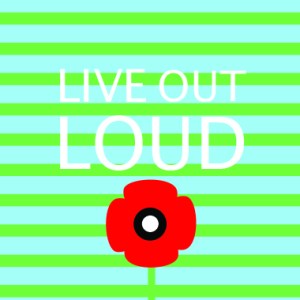



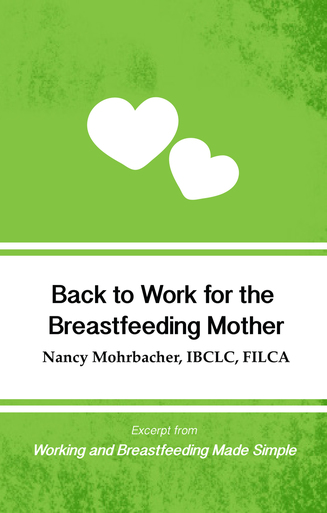
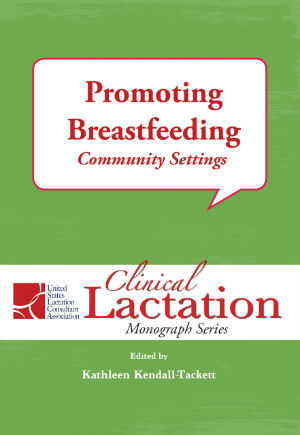
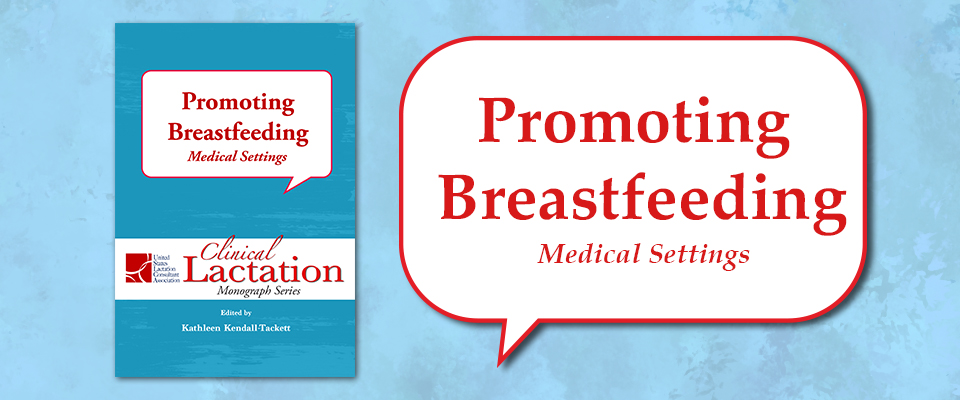









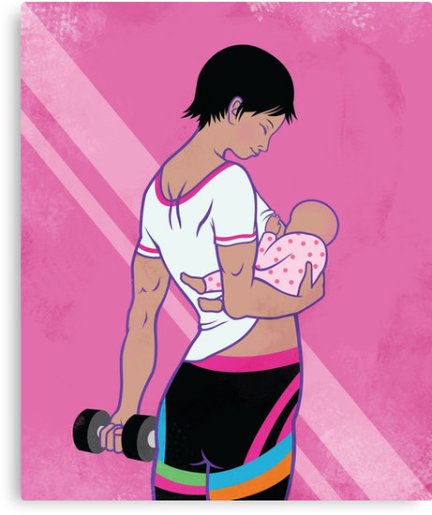






Leave a comment